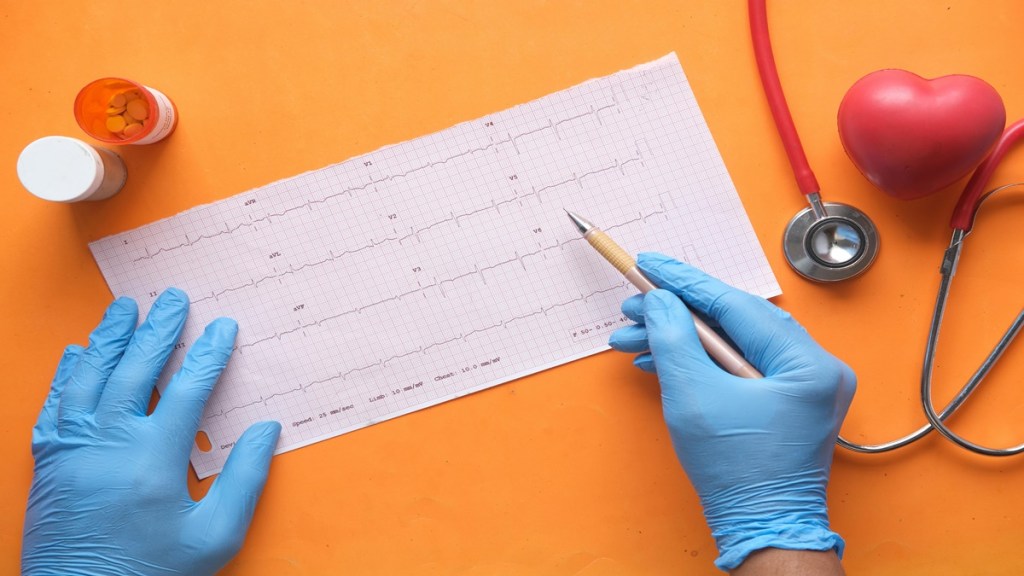A pacemaker implantation is a transformative operation that helps regulate the heart’s rhythm and regularly returns people with heart block or bradycardia to normal. The functioning of the heart is better supported after the treatment; however, recovery involves some expectations and modifications.
According to Dr. Tanmai Yermal (Jain), Consultant – Cardiology, Manipal Hospital, Kharadi, Pune, these are five important features that often appear after implantation.
Sensitivity and Initial Pain and Discomfort
Mild pain around the implantation site is quite common in the initial days after the procedure. Patients might experience discomfort, bruising, or swelling close to the device placement site on the chest. As the body gets used to the device, this mild ache usually goes away after a week. To help to reduce tension in the area and give the body enough time to heal, simple, non-strenuous activities are usually suggested during this early phase.
Slow Return to normal Routine Activities
Activities should be resumed cautiously, but a pacemaker opens new possibilities. In most cases, walking and moderate housework can be resumed quickly; however, intense activities should be avoided until a doctor confirms that they are safe. Regular follow-up visits guarantee that the pacemaker’s settings are maximized, offering safe ranges of activity. Many eventually regain their confidence and resume a wide variety of physical activities.
Improved Heart Rhythm Sensitivity
The sensation of a more stable heart rhythm after pacemaker insertion often gives comfort. Particularly when under stress or physical strain, patients may even start to perceive minute variations in their heartbeat. The technology of the gadget, however, usually avoids any interruptions, and any necessary modifications are usually small and readily handled during regular check-ups. Many people start to see their pacemaker as a source of comfort that lets them enjoy life’s little pleasures worry-free.
Lifestyle Modification
After pacemaker implantation, most people only need to make small lifestyle changes. Because they can interfere with the pacemaker’s operation, some activities, including contact sports, may be restricted, and it becomes important to be mindful of electronic devices and magnetic fields. Special precautions may also be needed at airports and security checkpoints since the pacemaker may trigger metal detectors. Nonetheless, the pacemaker integrates easily into everyday life with a few
simple modifications and awareness of these factors.
Regular Device Checks
Regular checkups are necessary to track the pacemaker’s operation and battery life. These consultations usually include an interrogation, a painless test that gauges the pacemaker’s activity, battery levels, and any required recalibrations.
“To monitor the pacemaker’s condition without having to visit the hospital regularly, modern systems also provide remote monitoring. With careful monitoring, the pacemaker stays in top shape and provides ongoing cardiovascular help,” Dr. Yermal told Financial Express.com.

